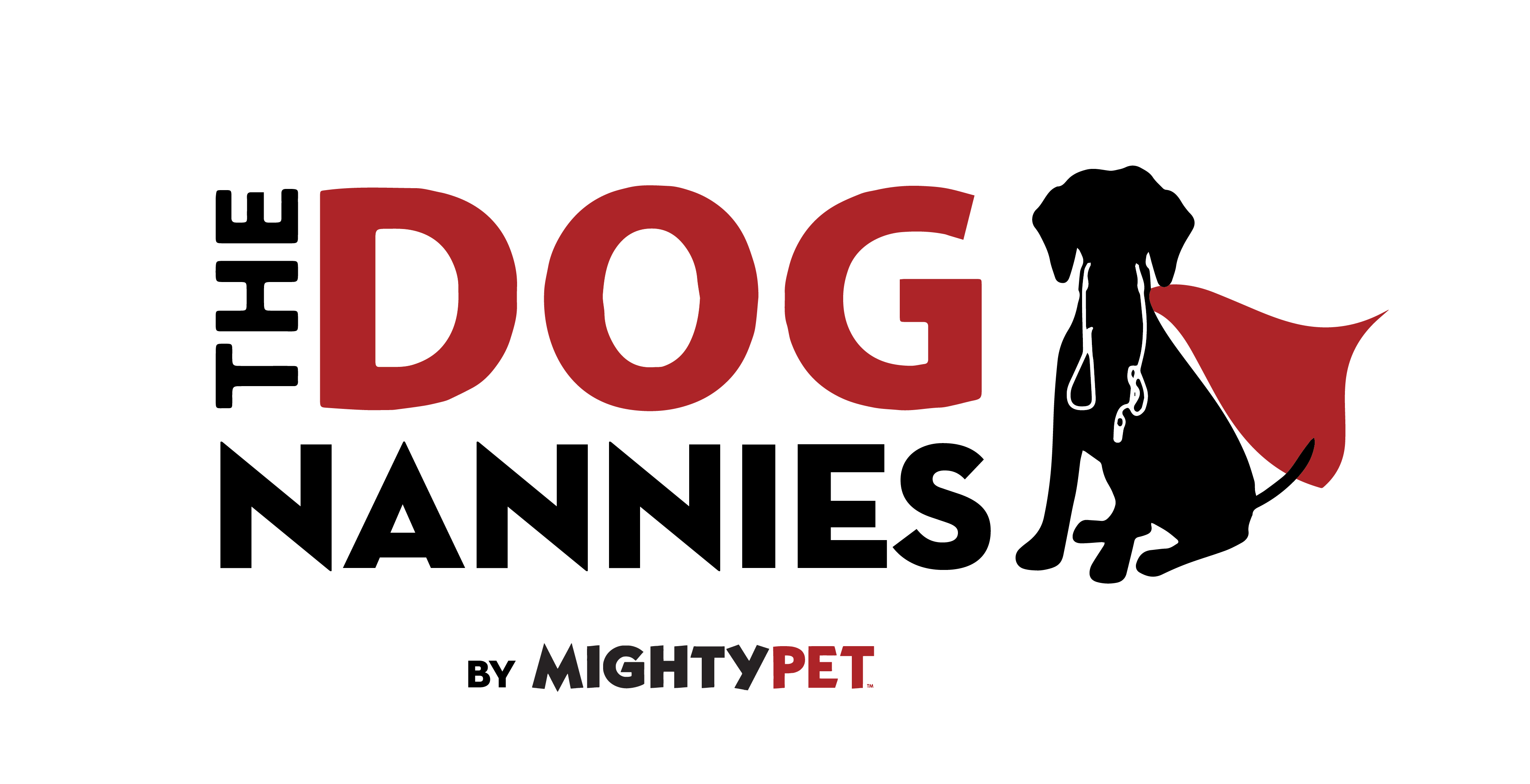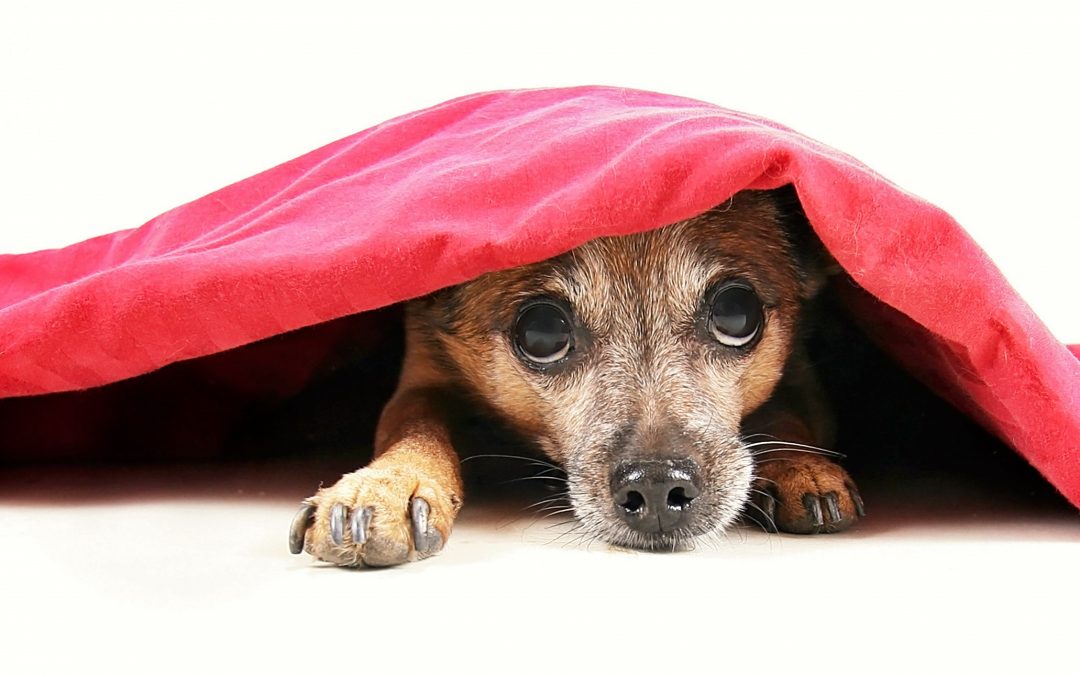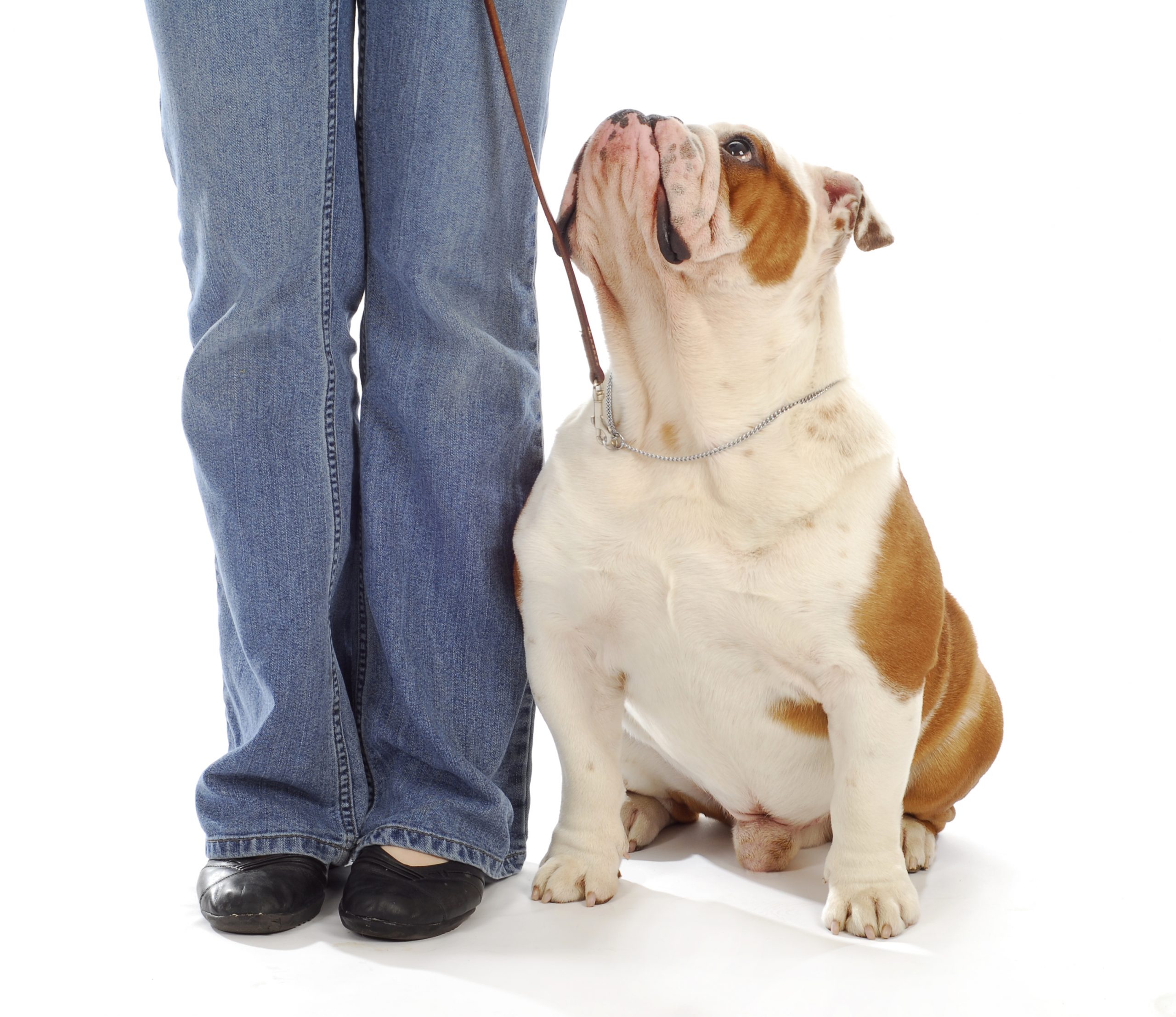Anxiety is the feeling of uneasiness or nervousness towards a situation that may or may not happen. It is the anticipation of something bad happening. And much like people, many dogs suffer from anxiety. There are many different causes and types. Every dog is different, and the appropriate treatment will depend on your canine companion’s personal history, personality and the severity of their anxiety. Are you ready to learn everything you need to know about your dog’s anxiety?
How to spot an anxious dog
When your dog is anxious, you may notice a change in your dog’s habits and behaviors. The change could appear suddenly or over a period of time. Either way, the best approach is to understand what is triggering your pup and why he is responding the way he is. Getting to the root of the problem is the most effective way to help your dog. Untreated anxiety can lead to a host of behavioral issues that often grow worse over time.
Types and Causes of Anxiety in Dogs
There are several types of anxiety in dogs. Knowing which one your dog suffers from is a good place to start.
Separation anxiety is the most common type of anxiety in dogs. This is when your furry friend has trouble being alone. This usually leads to destructive behaviors such as chewing on furniture, excessive barking, or going potty in the house. Some of these behaviors may be boredom related so it is important to distinguish which it is.
Generalized anxiety is a constant or almost constant state of fear or anxiousness. This means that there is no particular trigger, but that your dog is on edge all the time, even in seemingly safe and normal situations. This type of anxiety can come out of nowhere with no apparent cause or trigger.
Environmental anxiety is another common occurrence in dogs. It is the fear of going outside or to a particular place, such as the vet or being left somewhere unfamiliar, like a kennel. Environmental anxiety also includes reactions to loud noises or frightening conditions such as thunder or fireworks.
Social anxiety is the fear of being around people or other dogs. This happens a lot to animals that were not socialized enough a young age, experienced some sort of trauma, or even for rescue dogs that spent time in a shelter.
Some common causes of anxiety in dogs include a change in their routine or environment, being pushed into a new, frightening (to them) situation, not being socialized enough as a puppy with people or other dogs, or a history of abandonment. Illness or pain can also increase anxiety, so it is important to watch for signs of sickness or injury.
Signs of Anxiety in Dogs
There are many signs of anxiety to watch for in your dog. No one knows your pup better than you, and you will be able to tell if he’s acting strangely. Some things to watch for include:
- Aggression
- Urinating/defecating inside the house even if housebroken
- Destructive behavior
- Excessive barking or whining
- Escape attempts
- Restlessness (pacing)
- Hiding or digging as if to escape
- Not interested in food
If you notice any of the following signs, be aware that your dog is uncomfortable with the current situation. He may be so uncomfortable that he lashes out even if he never has before.
- Panting
- Drooling
- Shaking
- Lip licking
- Ears back and/or tail tucked
- Whale eye (you can see the whites of their eyes)
Treatment Options for Anxiety in Dogs
The first thing you should do if you notice a change in your dog is talk to your vet. They will be able to help you figure out whether it is anxiety or some other underlying cause for your pup’s behavior. They can also discuss what treatment options may be best for your specific situation. Some things they may suggest are:
- Professional Training: Sometimes training can help. There are trainers that specialize in anxiety.
- Counterconditioning: This training is used to replace your dog’s response to the trigger. Instead of being anxious or aggressive, your dog is trained to respond with something more pleasant such as sitting or moving focus to you.
- Desensitization: This training introduces your dog to the stimuli causing the anxiety. You start with a very small dose and slowly increase until your dog is no longer fearful.
- Medication: There are many anti-anxiety medications. Your vet will be able to discuss options with you so you can find the best treatment for your pup.
There are also a few things you can do to relieve stress from your dog in the moment such as removing them from the situation that is making them uncomfortable, giving treats to distract and occupy, allowing them to retreat to a safe space, massages to their ears or forehead, playing music or the TV to drown out any outside noises, or distract them with trained behaviors by having them focus on “work”.
How to Prevent Anxiety
The most important thing is to recognize the signs of anxiety in you pup. Learn how to read your dogs body language. When a dog is anxious, it can act out in ways you would not expect. Be prepared to remove your dog from a situation it is not comfortable with, not only for your safety but for his safety as well.
There are several things you can do to help prevent any bad situations. Nothing is foolproof, but there are ways to get your dog more comfortable in everyday situations.
Socialization is an important one. This gets your dog comfortable with people, other animals, places, or even activities. Puppies respond best to socialization before about 14 weeks of age, but it is never too late to start. Introduce your dog to new people and places in a controlled environment (one new person at a time…no need to overwhelm them!) or a friend’s dog (make sure their pup is laid back, friendly, and vaccinated). Don’t force your dog to do anything and don’t rush things. That can actually create anxiety!
Obedience training is also helpful in preventing stress and anxiety. Positive reinforcement increases a dog’s confidence and makes them more comfortable dealing with the outside world. It’s also a good idea to have a trained dog in case something does set them off. You can use their training to distract them or bring their focus back to you.
Proper exercise and nutrition can have a huge impact on your dog’s behaviors and stressors as well. If your dog isn’t feeling quite right due to the wrong diet, it may be more prone to anxious behaviors. Exercising your dog frequently is beneficial as well. If your dog is asleep, he won’t even know you’re gone. “A tired dog is a happy dog.”
Finally, there is situational avoidance. Don’t push your dog into situations you know he is uncomfortable with. For example, if your dog is fearful around other dogs, don’t drag him to the dog park. Do your best to keep him from settings in which you know he will respond poorly. Some things can’t be avoided, such as vet trips but, they can be easier if your pet has been exercised and tired out before you go. Just think about what’s best for your dog. Does he need to take his walk down that noisy street, or can we take another route?

In Conclusion
Know your dog. Understand their body language and behaviors. If something seems off or if they respond strangely to certain situations, don’t ignore it. Whether its anxiety, a health problem, or something else, it is always best to address the issue before it becomes worse and much more difficult to handle. And remember, don’t scold your dog for his fears and anxiety. They can’t help how they feel, and they need YOU to be their voice and help them.
There are plenty of veterinarians and professional trainers out there that can help you. We have included some links below if you are local to the Marinette area. Even the DOG Nanny Group can help by making sure your pet is properly exercised and not left alone all day. A daily visit from their Nanny can make an otherwise unhappy or anxious pet a happy one!
Our favorite trainer: Meghan Smith, CPDT-KA
Our favorite area Veterinarians: Bayshore Veterinary Clinic, Peshtigo Veterinary Clinic, Town and Country Veterinary Clinic, Countrycare Animal Complex (Green Bay)



